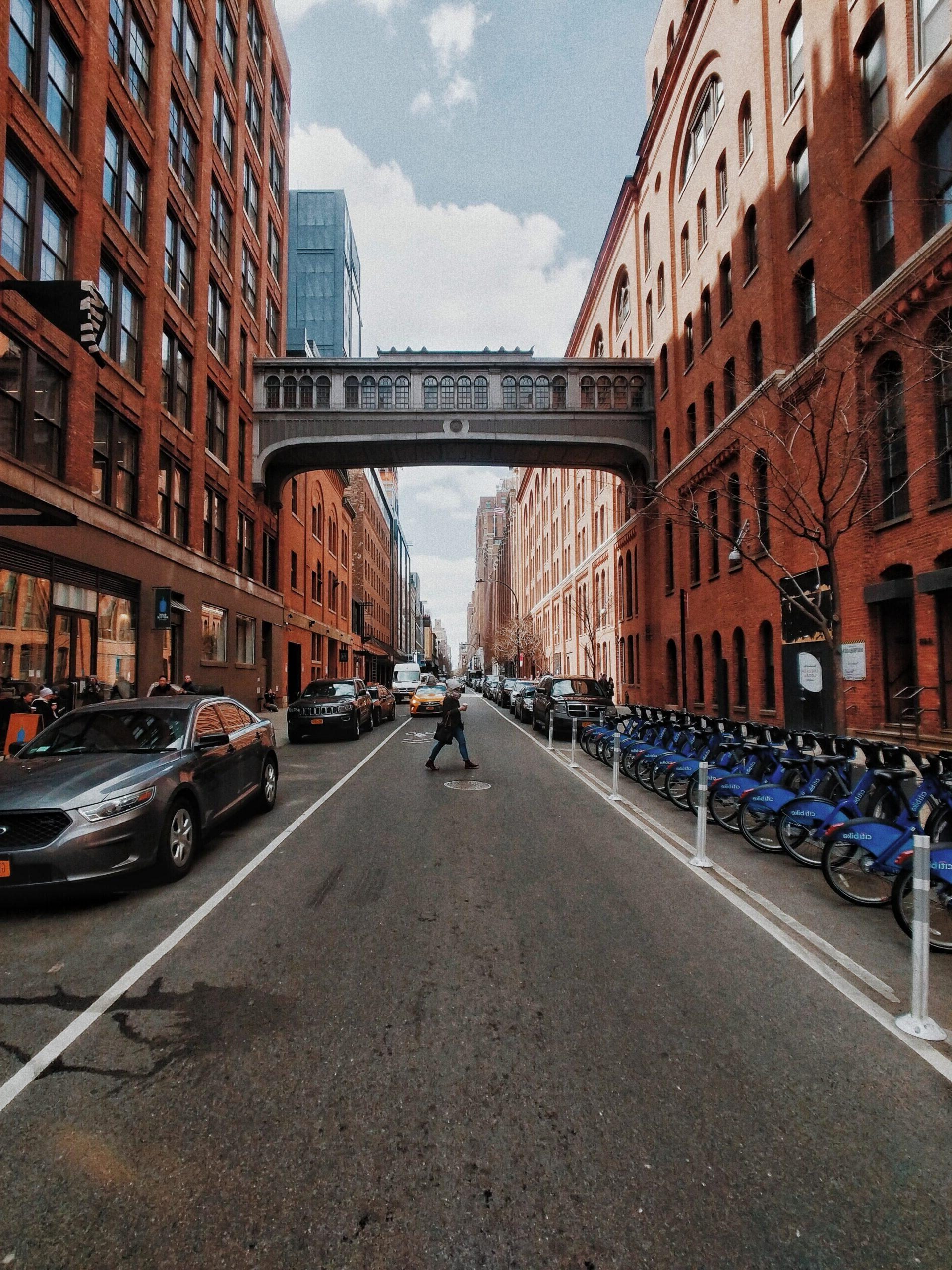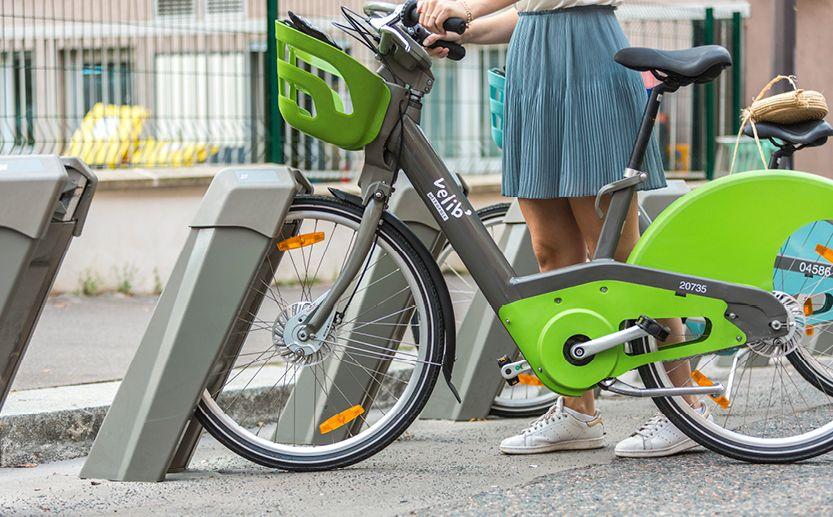S
S
When we think of public transit, we think of fine print schedules, paper tickets, buses, trams, and metros steadfastly humming around a city. But of course this wasn’t always the case.
London pioneered public transit with the bus — otherwise known as the omnibus, meaning ‘for all’ in Latin. In 1832, there were 400 horse-drawn omnibuses clip-clopping around the city helping connect the city for commuters. Throughout the century, they were replaced by electric, horse-less vehicles. In 1863, London developed the world’s first metro — known as The London Underground or Tube today.

Over the following century, in parallel to the development of rapid transit infrastructure, something else began picking up much popularity — cars. Manufacturing innovation, a growing middle class, and their increasing reference as a cultural status symbol all pushed the gas pedal on the trend to own a car.
Today, however, is a different reality. In wake of climate change and urban congestion, policy makers and city authorities are trying to pedal back on the momentum that private cars have gained over the past century. We see cities across the map discussing and introducing low emission zones, no-car zones, and congestion taxes.
[ read more: 10 European cities kerbing private car use ]
But it isn’t enough to just restrict or ban cars. In the same stride, cities also need to introduce attractive, sustainable, and effective alternatives. Can public transport as we know it today fit what is needed for an effective and viable urban mobility system? No — we need innovation!
Just as London once pioneered new forms of public transportation — from horse-drawn omnibuses to The London Underground — cities and public transportation authorities are being called to continue pushing the boundaries for better forms of mobility.
So where is urban mobility going next? If we look out today, we can see several local authorities rolling out new forms of transportation to diversify and better extend public transportation systems.
5 new forms of mobility local authorities are supporting.
1. Bike-shares: Vélib’ in Paris.
In 2007, the City of Paris launched Vélib’ – an electric bike-share initiative proposed by the then-mayor, Bertrand Delanoe. It is run in partnership with JCDecaux, the French transport and billboard advertising giant, who funds it in exchange for billboard space around the French capital.
This was one of the first bike-share schemes of this scale in the world, and several cities have followed suit. With 400,000 subscribers in 2020, these e-bikes are an integral part of Paris’s mobility ecosystem, especially as Paris rolls out new traffic regulations to discourage private car use.
2. Carshares: WeShare in Hamburg.
The City of Hamburg welcomed a new partnership with Volkswagen to provide an electric fleet of carsharing vehicles with WeShare in 2019. Electric carshares for cities help two things. First, if a city’s resident must use a car, carshares ensure better utilisation of the vehicle – why park a car if it can be doing something useful for someone? Secondly, it’s easier and faster for professional owned fleets to adopt and maintain the cleanest technology to help cut down CO2 emissions than, say, a privately owned car that is bought only every ten years.
Today, Hamburg has 400 WeShare vehicles available.
“We take a positive stock of the partnership. Volkswagen’s commitment to urban mobility helps us to reduce emissions from car traffic, introduce new alternative mobility options and gain experience in shaping tomorrow’s mobility. This supports our aspiration to become a model city of forward-looking urban mobility.”
– Michael Westhagemann, Senator for Economics, Transport and Innovation.
3. Demand-Responsive Transit: MK Connect in Milton Keynes.
Just under a year ago, Milton Keynes Council extended their transportation services with Via and WeFlex to provide demand-responsive transport (DRT) to underserved areas and help complement existing bus routes. Through an app or phone call, the passenger can arrange a DRT service vehicle to pick them up and drop them off within close walking range of their start and finish point, while sharing the ride with other passengers on compatible commutes – it’s something between a door-to-door taxi and a public bus.
The collaboration, called MK Connect, claims to be the largest of its kind in the UK. As it is a new breed of service, local authorities say that they’ll need to adapt the service as they learn. Within their first six months of operation, 100,000 journeys were made.
“It’s the biggest service of its kind in the country, and we’ve always said there would be things we need to learn and adapt over time.”
– Councillor Jennifer Wilson-Marklew, Cabinet Member for Climate Action and Sustainability

4. Subsidised Ride-Hail: Lyft in Denton County, Texas.
Denton County Transportation Authority (DCTA) needed a solution to better connect their low-population dense area more efficiently to ease car dependency and help citizens without a car. In 2018, they replaced their shuttle bus fleet with subsidised Lyft rides to give locals a more effective transportation option that could also work with first/last mile travel connections. The discounted rides are available within a given radius to or from the programme’s defined service zone.
“Our partnership with Lyft will help us continue to provide efficient transit options for the communities we serve.”
– Denton County Transportation Authority President, Jim Cline

5. Mobility as a Service: TFWM APP in the western midlands.
In 2018, Transport for West Midlands harnessed all their buses, trams, taxis, and bike-share schemes under one app for passengers. This kind of solution, known as Mobility as a Service (MaaS), helps users get to their destination with the best combination of transport modes – with all payments in the app.
Initially, it was launched and run with Whim, a Finish company that also had some traction with the city of Helsinki. However, in the latter half of 2021, TfWM shifted its MaaS to a transport authority-led approach in hopes of increasing its use and reach among residents.
The brave new collaborative world of public transit.
While buses, trams, and metros are an essential backbone for moving people, public transit as we know it today needs to be diversified if we want to motivate people to leave their cars at home. Fewer private cars and more shared mobility are essential pillars for carbon neutrality goals, and making our cities as a whole more liveable.
But innovation to do so is a very collaborative act. These innovative examples were by no means created within the walls of a city hall council meeting. For local authorities to diversify the mobility they provide, collaboration with other private sector mobility providers is essential – from younger companies like Whim to established companies like Volkswagen. Innovative collaborations are the pillar of innovative urban mobility.
Want our regular urban mobility news, updates, and insights? Follow Mileus on LinkedIn!












